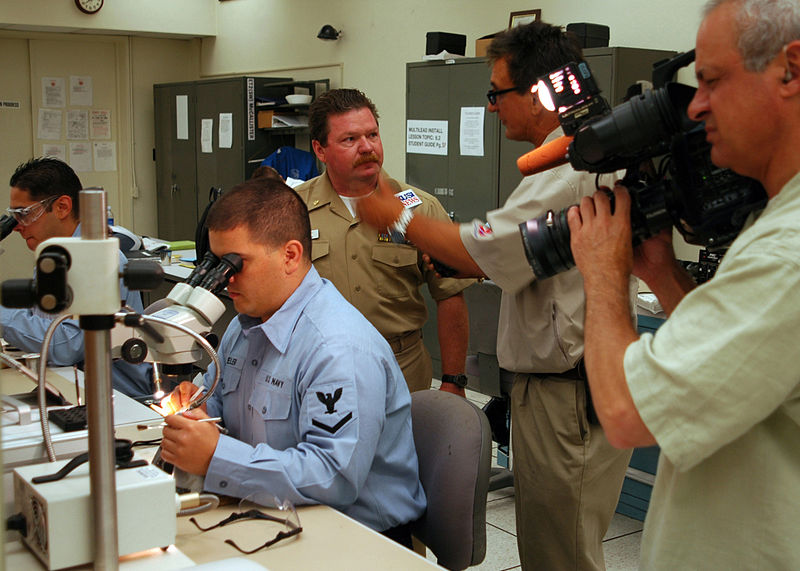
We believe that at the heart of good video is good storytelling. Sure, you can have nice pictures and great locations but if there is no story, or the story is not told well, then the video will be unwatchable.
Video Production duo Jim Wilson & Boyd Huppert, from WEVR in Minnesota, share some tips on how to get a great story every time. Amazingly, these tips were shared at a conference for local news and television in 1996. The advice still holds and new technologies have made these strategies even easier to accomplish.
Amanda Emily from TVNewsStoryTellers.com writes up the tips:
1. Good stories come from good ideas. Never stop looking. Talk to strangers. Read obscure papers. Call the church by the freeway everyone else races past. Relish the hunt.
2. Cultivate surprises. Sprinkle them through your stories and viewers won’t dare to look away. Allow surprises to unfold. The magic is in the discovery.
3. Experiment. Force yourself to venture outside your comfort zone. There is no reward in playing it safe.
4. Why is “Seinfeld” so popular? It has strong characters. Apply the same principle to your stories. If you can’t feel passion in the people you are interviewing the viewers won’t either.
5. Find a focus, then build upon it. Better to be narrow and deep, than broad and shallow. Good storytelling cannot begin until both reporter and photographer have a shared and specific vision of what the story is about.
6. Tell your stories from the point of view of the people most affected. When the beer truck rolls over on a busy freeway, who’s more affected, the cop who investigates the accident or the guy who has to clean up the mess?
7. Stuck with a non-visual story? Attack your story from the sides. Find contrasts. Find analogies. Find anything that is visual that can be tied into that which is not.
8. Seamless stories are made with interviews that don’t look like interviews. Build them into your sequences. Ask your questions during the action. Have conversations, not interviews.
9. Each story should have a rhythm, using natural sound and bits of interview as your drumbeat. Find the rhythm, and your story will sing, disregard it and you’re just reciting lines.
10. During your shoots you must be drawn to natural sound like a moth to a flame. Stop and listen for it. Hunt it down and capture it.
11. Mine your tapes for all they are worth. Carefully log and you will discover themes and patterns you haven’t even thought about. Skip lunch if you have to, but don’t overlook a moment because you didn’t take time to log your tapes.
12. Celebrate when it works, and learn from your mistakes when it doesn’t. But above all else keep your tools sharp. The hard work you put in on the everyday stories is practice for the day you’re handed the story of a lifetime…and you’re prepared to make it exactly that.


